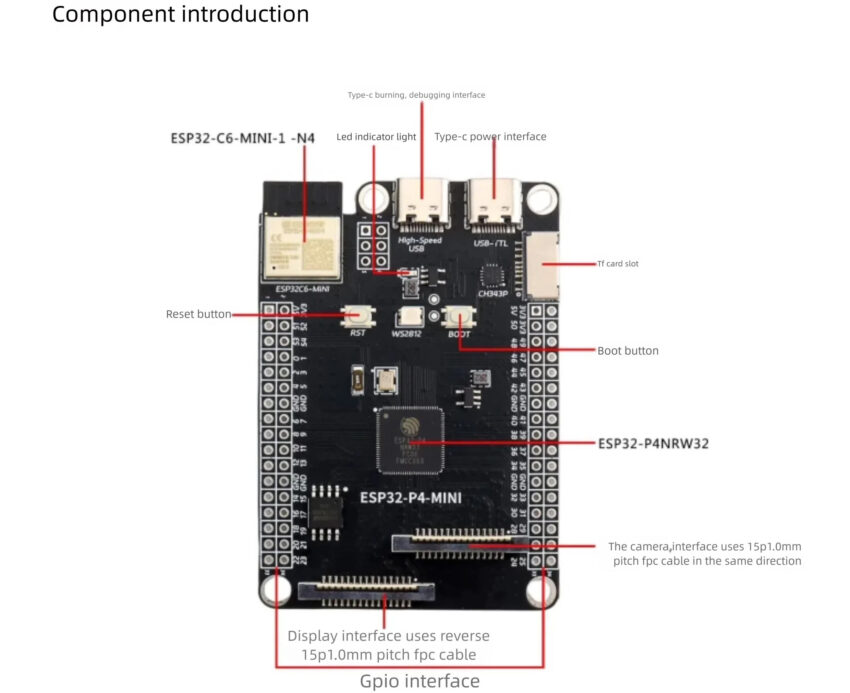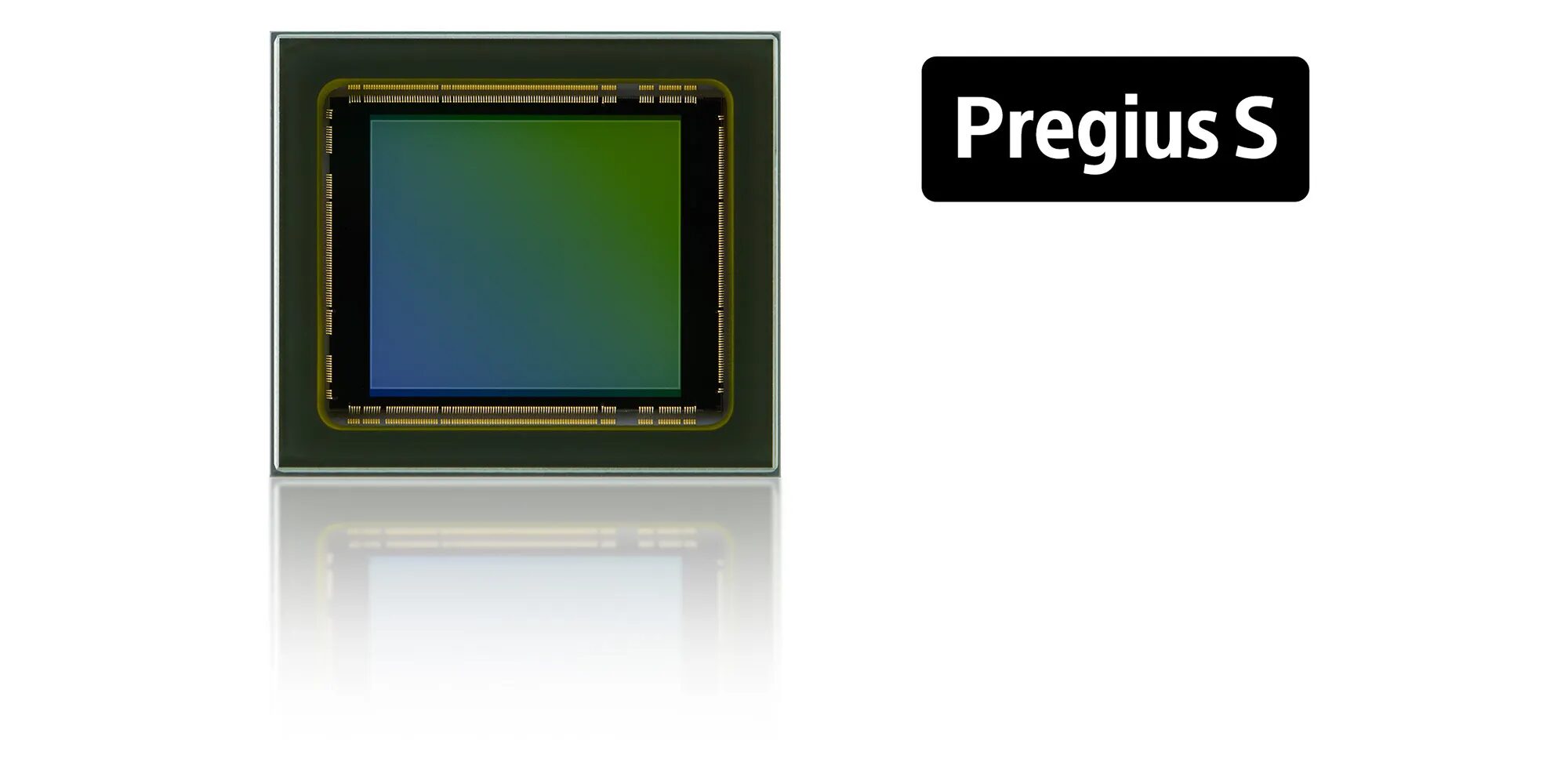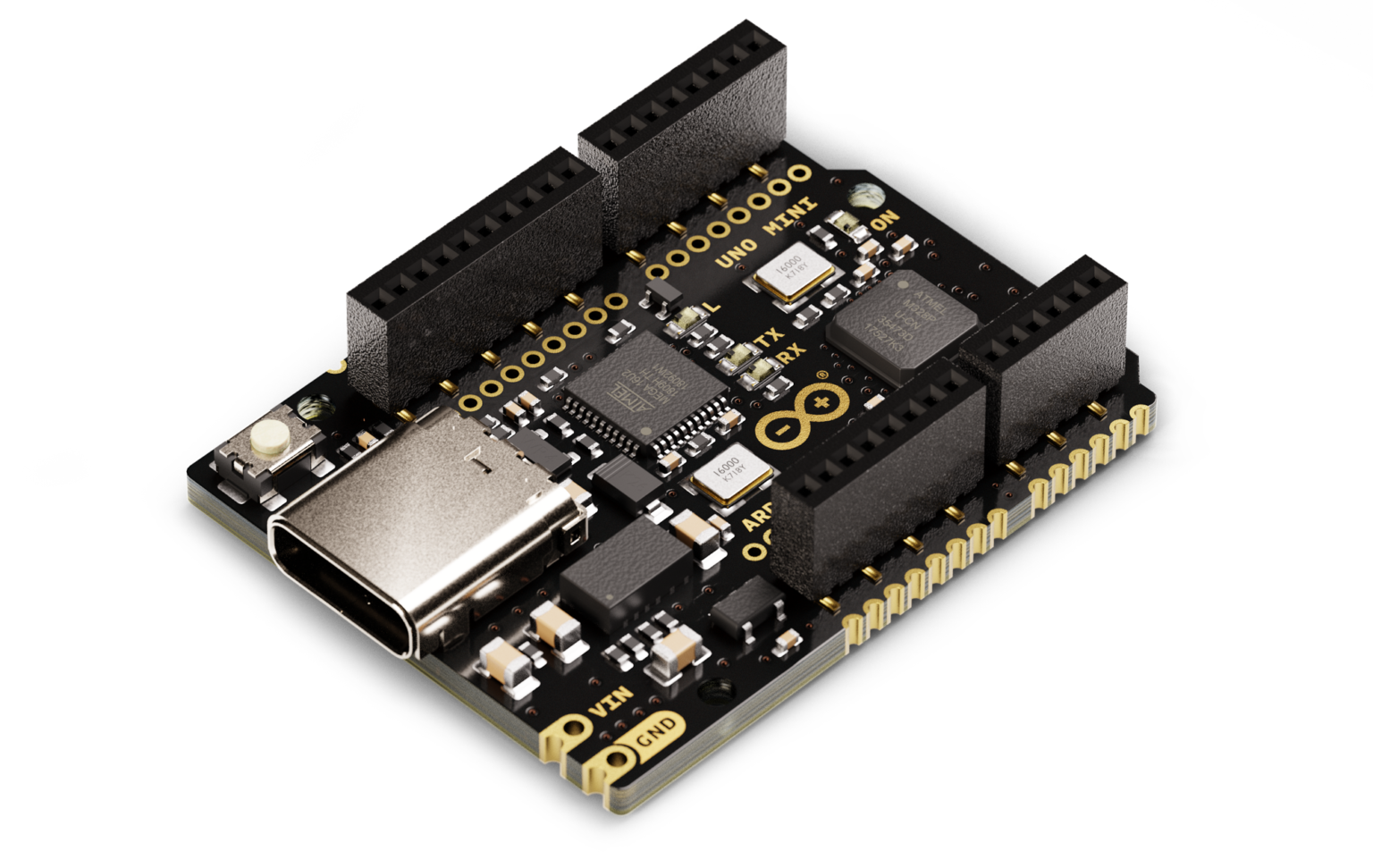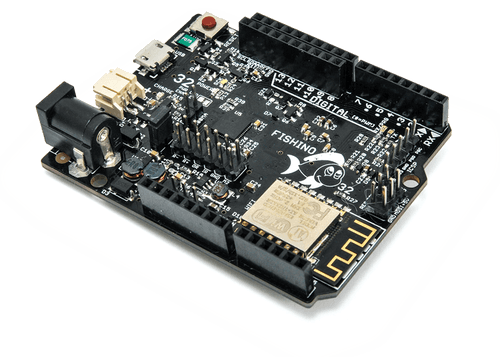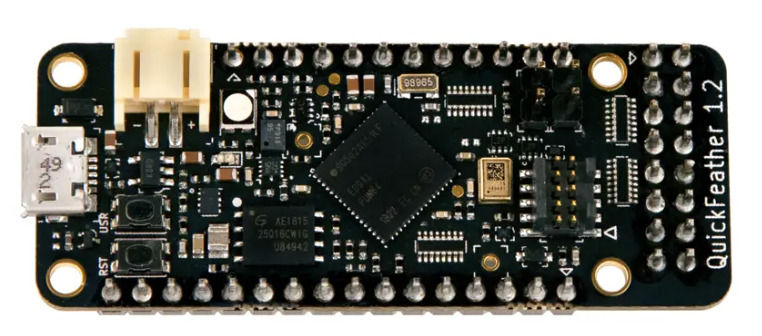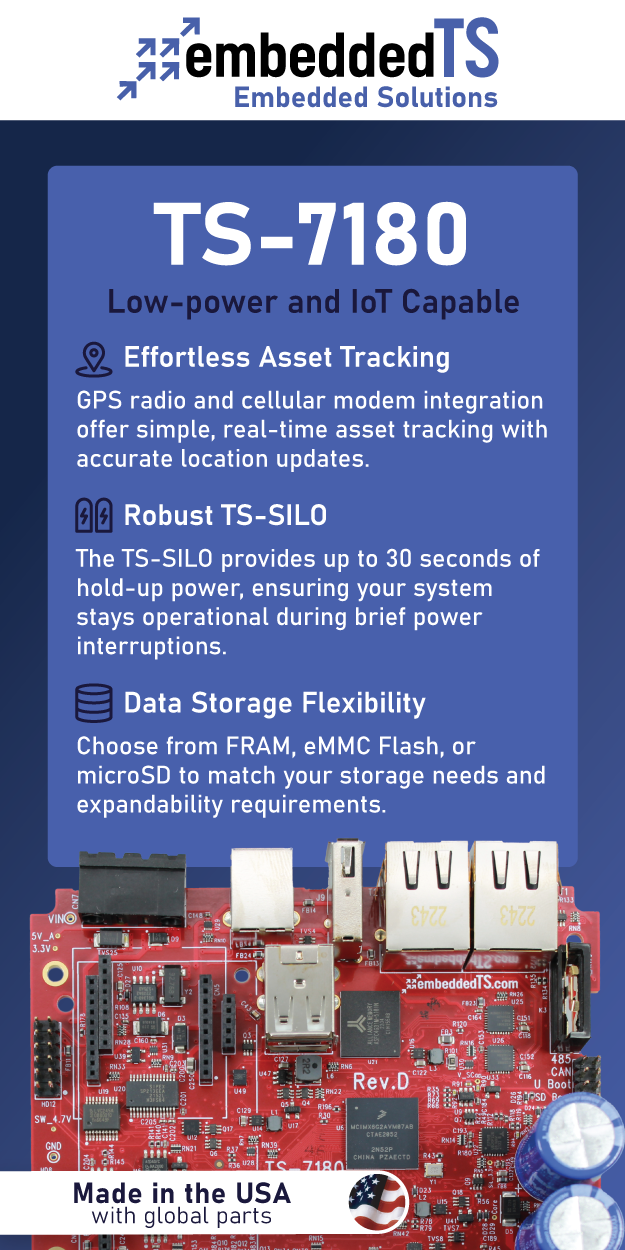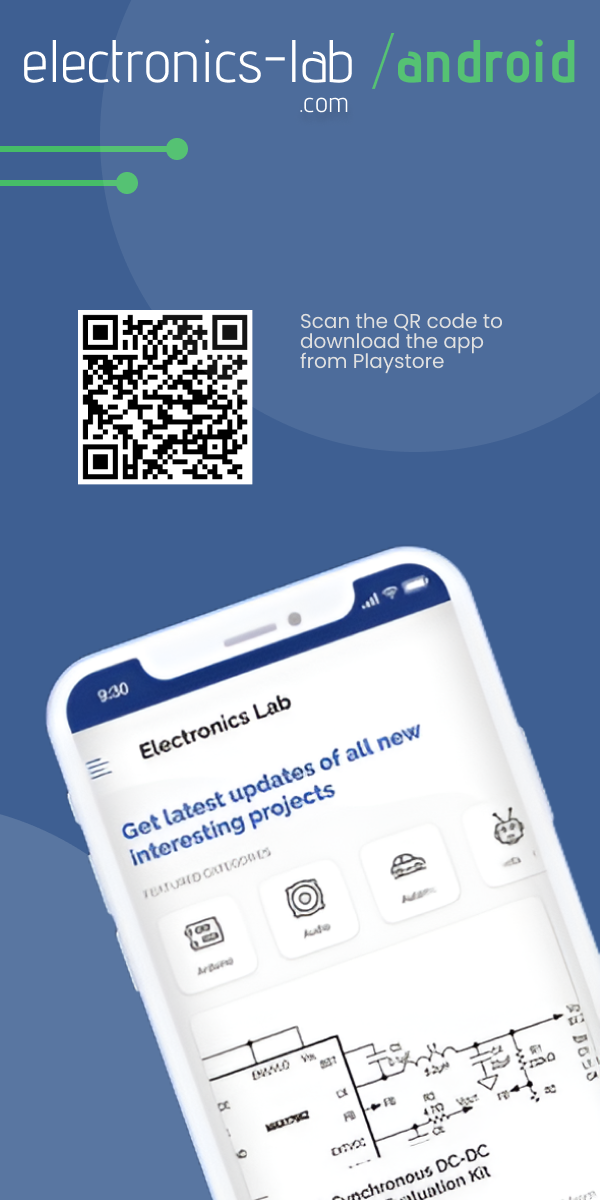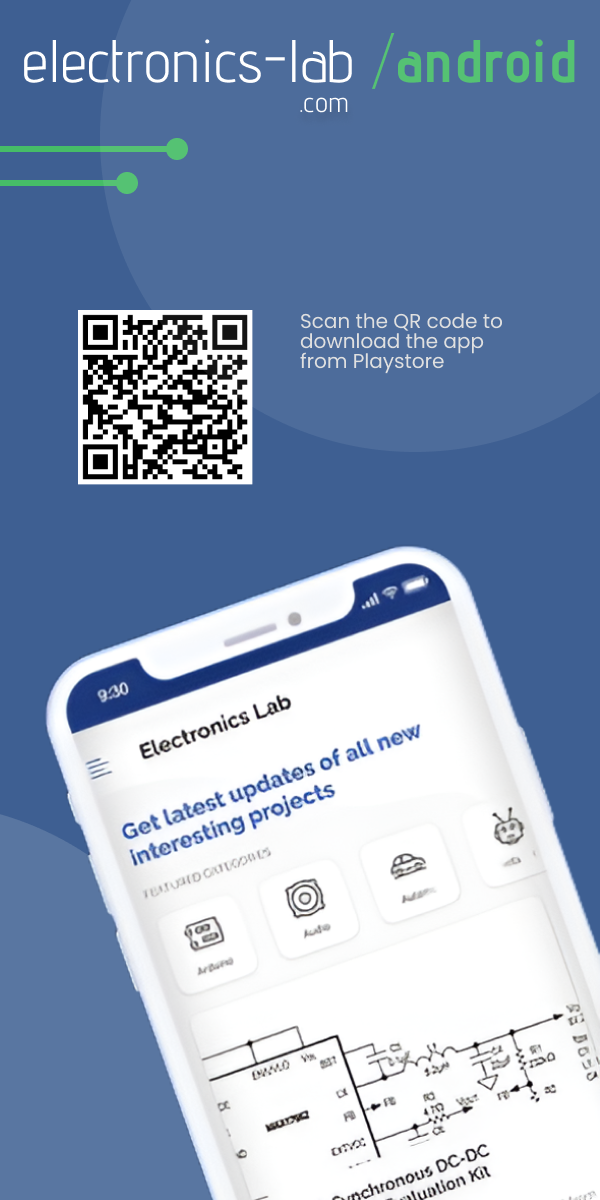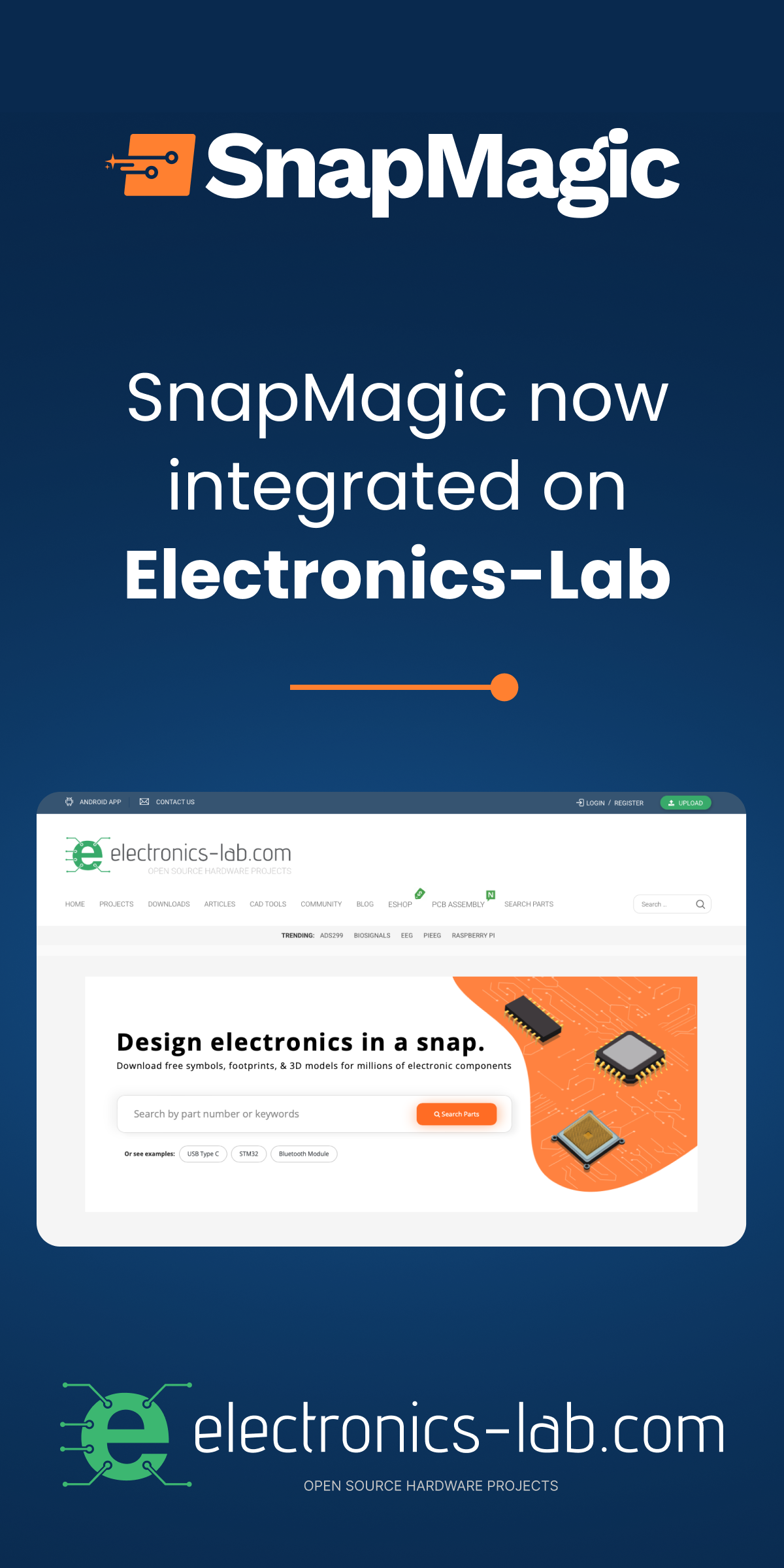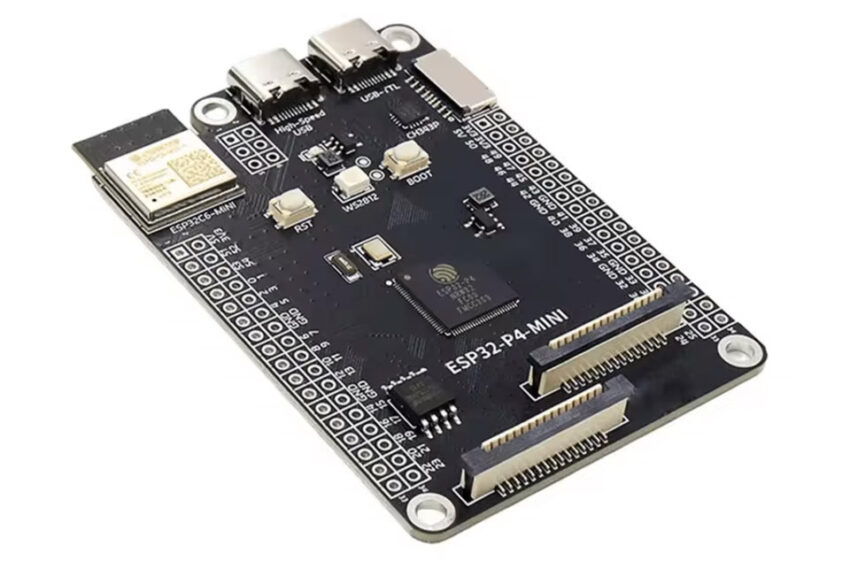
ESP32-P4-MINI development board exposes all I/Os with dual 34-pin headers, supports WiFi 6 with ESP32-C6
The ESP32-P4-MINI is a compact development board designed for engineers and developers to explore the full capabilities of the ESP32-P4 RISC-V microcontroller. What’s unique about this board is that it exposes all 34-pin GPIO headers, offering access to all I/Os.
In addition to full GPIO access, the ESP32-P4-MINI integrates a dedicated ESP32-C6-MINI-1-N4 wireless module supporting Wi-Fi 6, Bluetooth 5.x LE, and 802.15.4 for Zigbee, Thread, and Matter, making it suitable for a wide range of IoT protocols. Additionally, it features 16MB NOR flash, 32MB PSRAM, a microSD card slot, a 2D GPU, H.264/JPEG video codec support, secure boot and flash encryption, and buttons and LEDs for user interaction. It is powered via a 5V USB-C input. While software support is currently limited, it is compatible with the ESP-IDF framework via Visual Studio Code, making it suitable for developing multimedia, IoT, or AI-edge applications.
ESP32-P4-MINI development board specifications:
- Main MCU – Espressif ESP32-P4
- Dual-core 32-bit RISC-V (High Performance) @ up to 400 MHz with support for AI and floating-point operations
- Single-core RISC-V (Low Power) @ up to 40 MHz
- On-chip Memory
- 768 KB of L2 memory (for HP core)
- 32 KB LP SRAM
- 8 KB tightly-coupled memory (for LP core)
- External Memory: 32MB PSRAM
- Built-in Storage
- 128 KB ROM for HP core
- 16 KB ROM for LP core
- 16MB external NOR flash
- MicroSD card slot for removable storage
- Graphics and Media
- 2D graphics accelerator (PPA)
- Built-in video processing unit with support for H.264 and JPEG decoding/encoding
- Wireless Connectivity (via ESP32-C6-MINI-1-N4 module)
- Wi-Fi 6 (2.4 GHz)
- Bluetooth Low Energy 5.x
- IEEE 802.15.4 for Zigbee, Thread, and Matter
- Display Interface: 15-pin MIPI DSI connector for external displays
- Camera: 15-pin MIPI CSI connector for camera modules
- USB Ports
- USB 2.0 Type-C for data and power
- Separate USB Type-C port for debugging
- Expansion: Two 34-pin headers offering complete GPIO access, including power and ground
- Debug
- Debugging through USB-C
- Unpopulated 6-pin header for ESP32-C6 with UART, Boot, and Reset signals
- Security
- Flash encryption and secure boot
- Hardware cryptography and random number generation
- User Interface
- Boot and Reset buttons
- WS2812 RGB LED and Power indicator LED
- Power Input: 5V via USB-C connector
- Dimensions: To be confirmed
The ESP32-P4-MINI development board currently has limited software support but is compatible with the ESP-IDF (Espressif IoT Development Framework), which can be used through Visual Studio Code for application development. While official SDKs are still evolving, developers can leverage the ESP-IDF ecosystem to access key features such as Wi-Fi 6, Bluetooth LE, and 802.15.4 protocols. But while searching GitHub, I found some example code which indicates support for MIPI CSI camera input and H.264 video encoding to microSD storage.
The ESP32-P4-MINI is available on AliExpress for about $20.80 plus shipping. Although there’s no official product page, the schematics suggest it was made by “Kevincoooool.”





